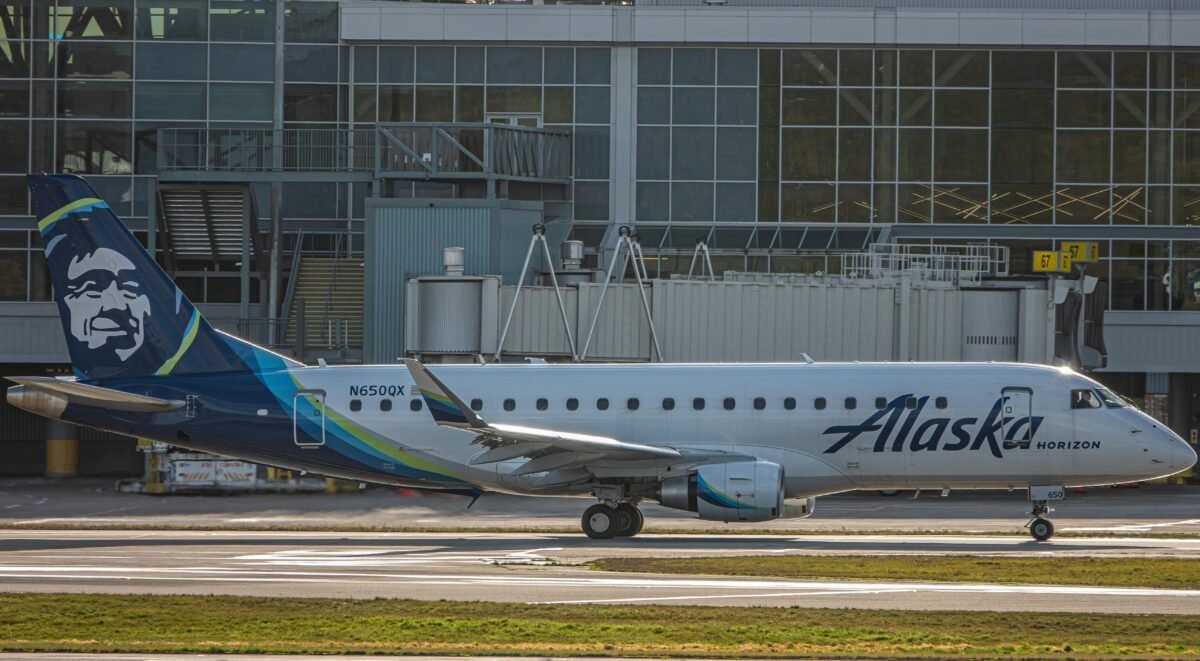
Nationwide Alaska Airlines IT Outage Begins Sunday Evening
On July 20, 2025, Alaska Airlines experienced a crippling IT system outage, resulting in a system-wide ground stop that brought all mainline and Horizon Air flights to a halt across the United States. The disruption started around 8 p.m. Pacific Time, affecting operations at every airport served by the carrier and leading to hundreds of delayed or cancelled flights. Passengers faced widespread confusion and frustration as the outage rippled swiftly through major hubs, including Seattle-Tacoma International Airport, stranding travelers nationwide.
Airline Response: Swift Ground Stop, Unclear Cause
Alaska Airlines quickly acknowledged the “significant IT outage,” issuing a temporary, system-wide ground stop of all its flights to prevent further operational chaos. The airline released statements apologizing to affected passengers and warned that substantial schedule disruptions and “residual impacts” would continue to affect flights into Monday.
Despite ongoing efforts by technical teams to restore systems, the carrier did not provide details regarding the specific nature of the outage or the timeline for full recovery. Operations began to gradually resume late Sunday, although not at full capacity.
Passenger Impact: Delays, Stranded Travelers, and Frayed Nerves
Travelers across Alaska Airlines’ network described long lines, unresponsive digital services, and little clarity at departure gates. Social media quickly became a sounding board for complaints about canceled flights, hours-long waits, and customer service breakdowns.
While airports like Portland International reported only limited impact, with just one Alaska flight delayed as of 9:15 p.m. Sunday, major hubs such as Seattle-Tacoma International endured the brunt of the chaos. The extent of delays and stranding varied nationwide, as staff in some locations struggled to process passengers manually in the absence of functioning IT systems.
Redundancy Systems and Why They Failed
Airline IT systems are typically protected by robust redundancy protocols, including:
- Backup servers and data centers to take over if central systems fail
- Disaster recovery plans involving manual passenger processing and backups
- Cybersecurity measures to ward off external attacks and internal glitches
However, Alaska Airlines’ total network shutdown indicated that either its primary and backup IT systems failed simultaneously or its failover infrastructure did not operate as planned. Staff at several airports reported reverting to manual workarounds—such as hand-written boarding passes—highlighting the totality of the digital collapse. The airline has not disclosed which systems failed or the specific cause, fueling renewed concerns about the effectiveness and regular testing of airline IT contingency plans.
Industry and Regulatory Scrutiny
This event represents one of the largest airline IT disruptions since a similar Alaska Airlines glitch in 2022 caused significant delays. The scale and severity of the current outage raise urgent questions about the reliability of airline IT infrastructure, prompting calls from industry experts and regulators for increased transparency and improved system resilience moving forward.
Key Facts Table
| Topic | Details |
|---|---|
| Outage Date & Time | July 20, 2025, from 8 p.m. Pacific Time |
| Affected Carrier(s) | Alaska Airlines mainline and Horizon Air |
| Impacted Airports | All U.S. destinations served by Alaska Airlines |
| Immediate Response | Nationwide ground stop; ongoing restoration efforts |
| Cause | Significant IT outage; root cause undisclosed |
| Passenger Impact | Delays, cancellations, stranded travelers, manual processing, poor digital communication |
| Redundancy Systems | Failed or insufficient; manual procedures enacted |
| Current Status | Gradual restoration; residual impacts and uncertainty remain |
Ongoing Questions for Alaska Airlines
- Why did both the primary and backup IT systems fail, leaving no digital safety net?
- Was the outage triggered by internal error, external attack, or a previously unknown vulnerability?
- What steps will Alaska Airlines undertake to reinforce its digital resilience and better protect passengers?
As Alaska Airlines works to restore full service and provide answers, the incident spotlights the critical dependence of modern aviation on sophisticated and reliable IT systems. Observers across the sector will be watching closely as the airline, regulators, and industry partners examine the failures and enact stronger safeguards for the future.
